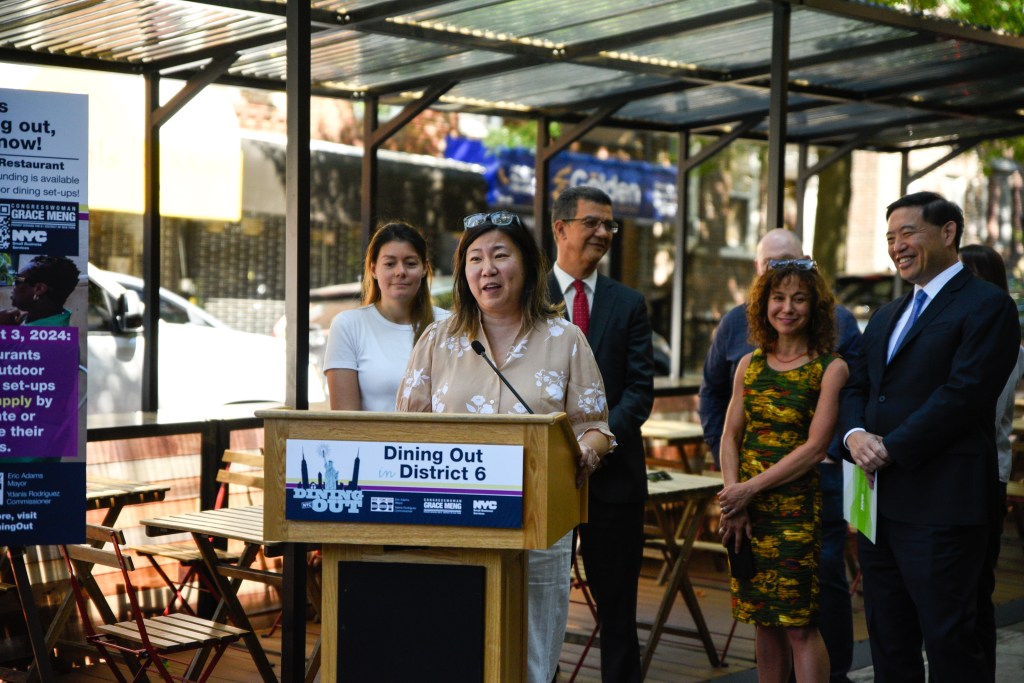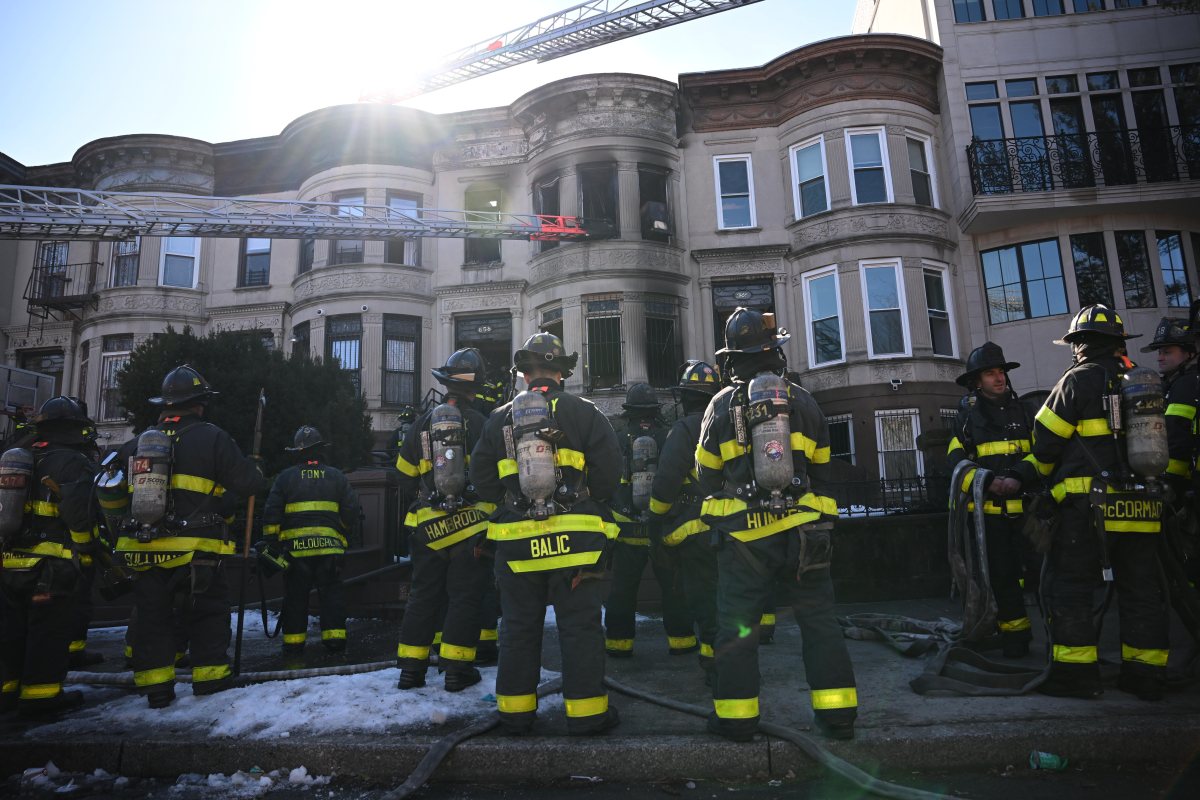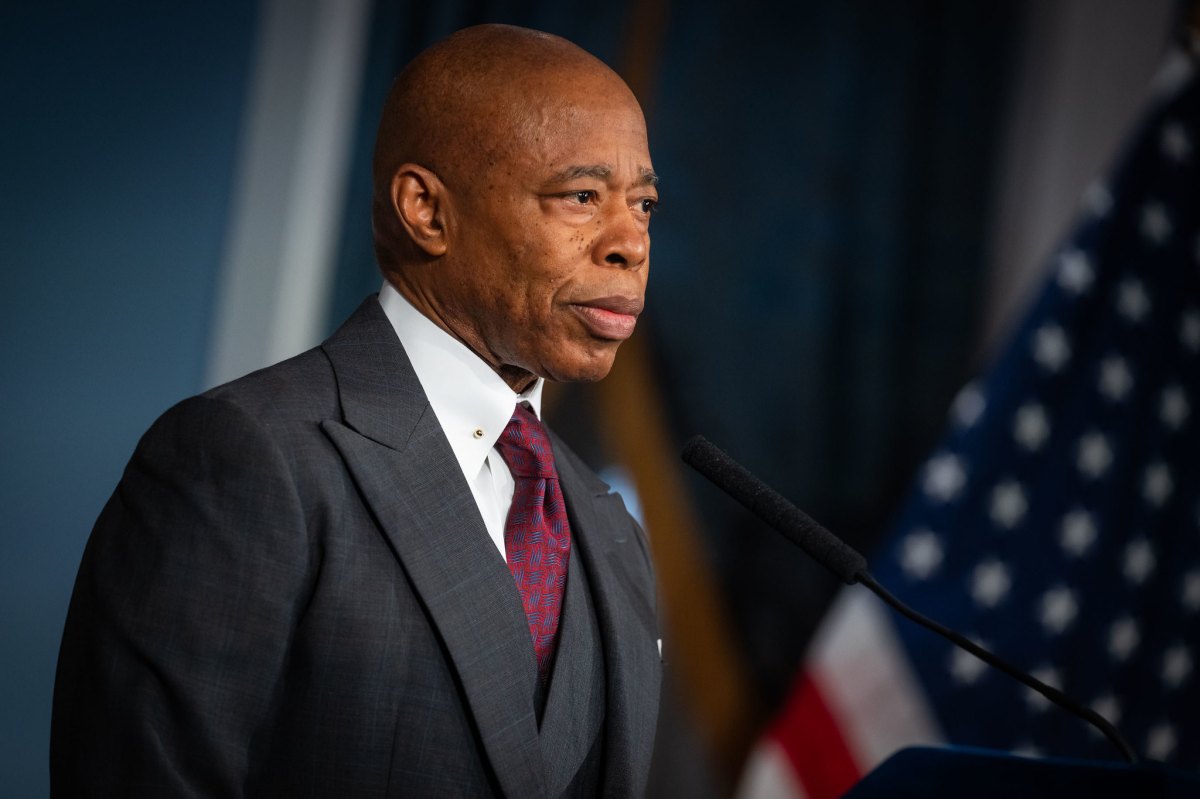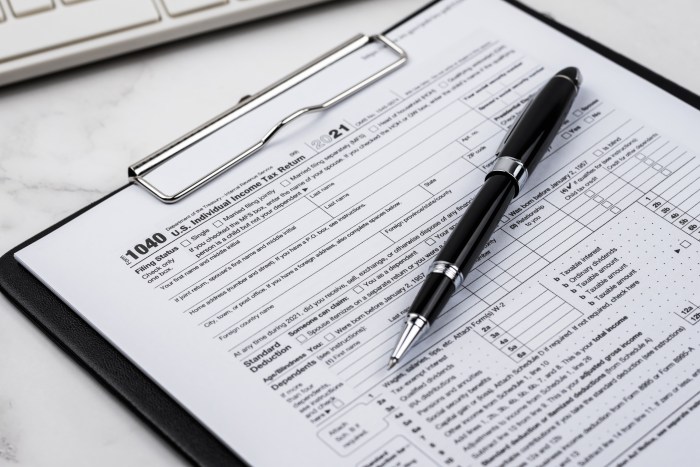While most New Yorkers have ditched their medical masks and emerged from their COVID-induced isolation, the destructive effects of the pandemic are still ravaging restaurants across the Big Apple.
A recent survey of local food and drink proprietors revealed the grim reality facing restaurateurs as they now operate in a city that has seen tectonic changes in consumer behaviors and escalated operating costs.
Conducted by the New York City Hospitality Alliance, the survey asked the operators of 280 establishments across the five boroughs about their business outlook — revealing that 38% of restaurateurs have “pessimistic expectations” about the future, and nearly one-fifth are uncertain about their business’ long-term viability.
While revenue from patrons is above the historic-lows seen during the height of the COVID-19 lockdowns, half of the respondents in the survey say their businesses saw a decrease in revenue this July, compared with the same month of 2022.
Restaurants struggle to adapt
The Hospitality Alliance, which advocates for New York’s bar and restaurant industry, pinpointed several factors for the drop — many of which stem from the pandemic, and the economic fallout that resulted from the virus.
Namely, consumer behavior has changed, as New Yorkers became more adept at home cooking, and have fallen out of the “dining out” habit. That trend was not reflected immediately following the vaccine rollout, as people flocked to social activities when social distancing faded as a concern — but that post-vaccine boom is now fading, and the long-term trends are settling in.
Adding fuel to that fire, many employees now work from the comfort of their living rooms, which robs establishments in business districts of a once-large clientele during the traditional lunchtime rush.
Increases in operating expenses have also outpaced revenue, as inflation has hit small businesses and potential consumers worrying more about their budgets.
Making matters worse, one of the major benefits of the COVID-19 pandemic for restaurants was outdoor dining — but new headaches have emerged from that.
The City Council passed a bill last month, which Mayor Eric Adams has signed into law, to make outdoor dining sheds permissible, but only during the warmer months. That means restaurants will be forced to take down their structures in the winter — adding costs, while straining the viability and benefits of the outdoor dining trend entirely.
In defending that law, Adams said the bill was a compromise between business interests and opponents of the program.
“We had to come to a middle ground. How do we have a successful outdoor dining plan in a complex city like this? 8.8 million people, 35 million opinions. Everyone wants to do it differently,” the mayor said during an Aug. 16 press conference. “So are they going to be things that, if we had an ideal way to do it, that would’ve been done differently? Yes, but that’s not the reality. We have to get a product that can function in a complex city like New York.”
Overall, the future of restaurants and bars in the five boroughs is in flux, as business owners grapple with the changing landscape of the industry.
Andrew Rigie, the Hospitality Alliance’s executive director, called for more support from local government to help restaurateurs while they adapt.
“Restaurants and bars across New York City have fought hard on the path towards economic recovery, but recovery and growth across the industry is inconsistent,” Rigie said. “As New York City continues to rebound, we must make sure that our local restaurants and bars are a major focus of our city’s recovery.”
Read more: Manhattan Office Occupancy Reaches 70%

































